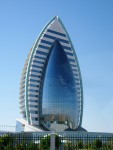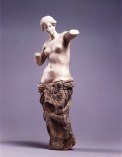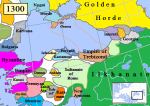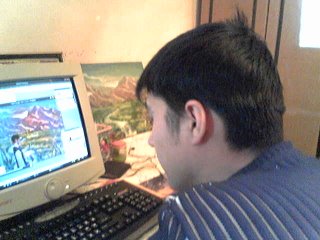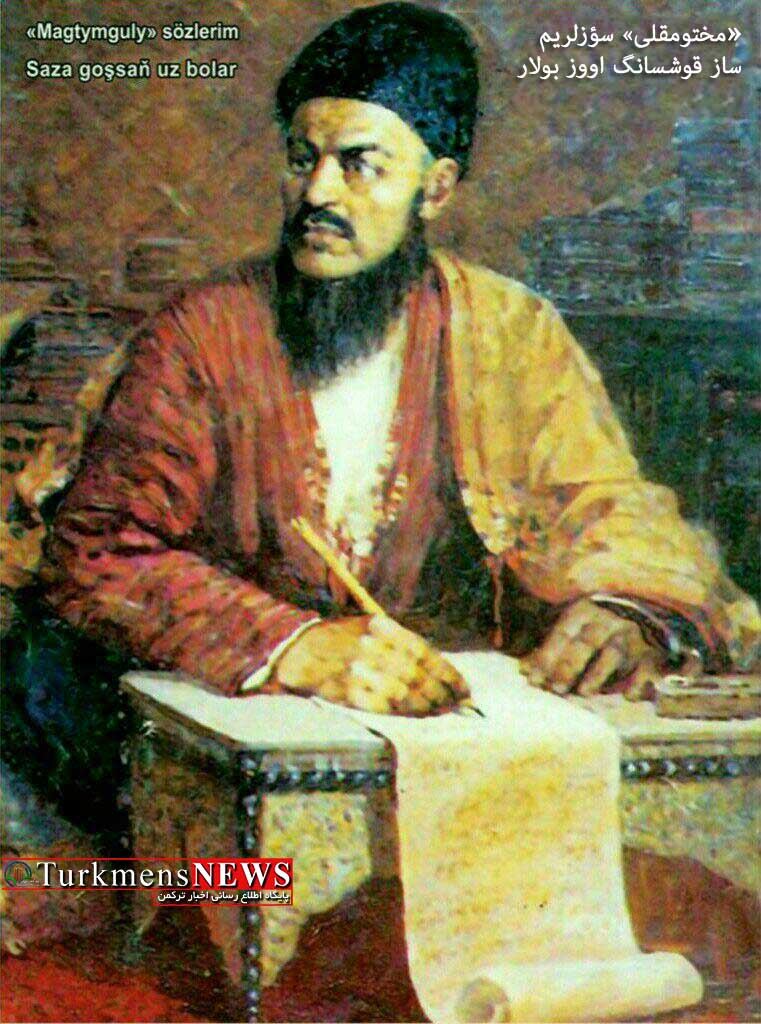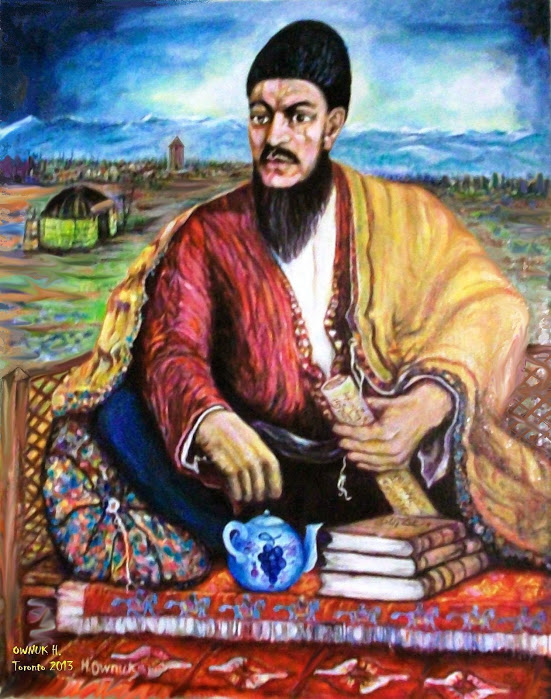
A group of Iranians protested at the premiere of Muhammad: Messenger of God. Photograph: Cristian Mijea/Cristian Mijea/Demotix/Corbis
The Guardian: Speaking at the premiere of Muhammad: Messenger of God, Majid Majidi says further films would help improve understanding of Islam around the world
It had the potential to be one of the most inflammatory film projects of recent times. Yet the world premiere of Iranian director Majid Majidi’s biopic of the prophet Muhammad not only passed mostly without incident, but even amicably – with a surprise call for rapprochement between the religion’s Sunni and Shia sects.
A small group of protesters gathered outside the Imperial cinema, Montreal, where the premiere was held. Holding signs declaring, “Down with Islamic republic of Iran”, members of the city’s Iranian community objected to what they saw as a glorification of the Islamisation of Iran.
The mood inside the press conference for the film – the first on the subject since Moustapha Akkad’s 1977 film The Message, and the first to visually depict the prophet – was conciliatory. Majidi issued a direct invitation to a rival Qatari team currently developing their own Muhammad franchise to collaborate on future, Islam-themed projects.
“The more movies that are made about the prophet’s life, the better,” Majidi said at Montreal’s world film festival. “We hope the Qatari team will make a correct interpretation of Islam, and they are most welcome to come and film at our facilities in our country.”
In line with the more liberal Shia tradition of depicting the prophet, Majidi’s Muhammad: Messenger of God – the 171-minute first instalment of a projected trilogy – features shots of the prophet’s hands and legs as a baby, and the back of his head as an adolescent, but never shows his face.
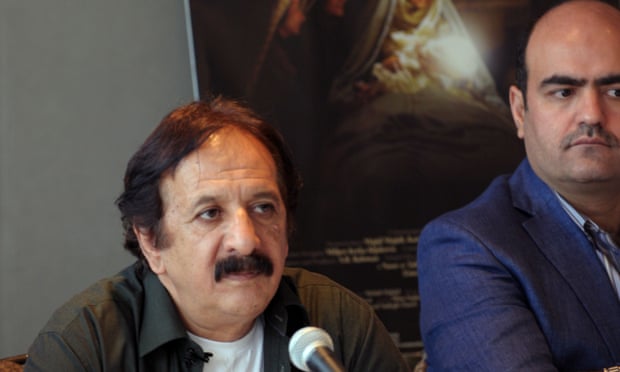
Majid Majidi speaking at a press conference for the film. Photograph: Clement Sabourin/AFP/Getty Images
The director said he believed a more proactive approach was required from Islamic film-makers in the light of acts of terrorism that were shaping global perceptions of the faith. “We’ve been guilty of shortcomings in introducing the world to the real and true face of the prophet. There have been 200 movies about Jesus Christ, 100 featuring Moses directly or indirectly, 42 about Buddha, but only two on Muhammad. It’s a natural act of introduction to our culture.”
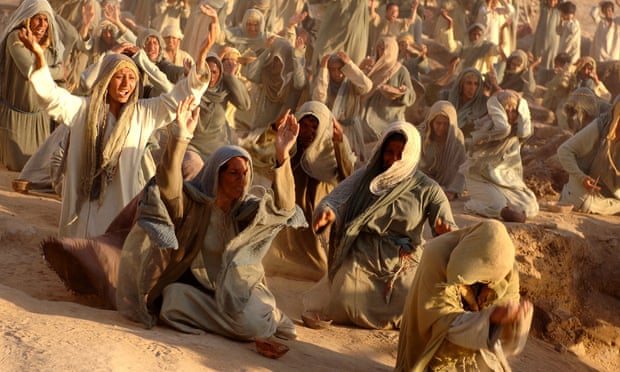
Actors on the set of the movie. Photograph: Mohammad Foghani/AFP/Getty Images
Outside the Muslim world, the film is expected to garner mostly specialist interest, despite an impressive international crew, including Apocalypse Now cinematographer Vittorio Storaro and Bollywood soundtrack maestro AR Rahman, as well as poster art redolent of The Passion of the Christ. This perhaps explains its inclusion at Montreal’s militantly arthouse festival, where Majidi, one of Iran’s breakthrough 1980s generation of directors, has strong links. Though its producers suggested that this year’s Charlie Hebdo killings had reduced the willingness of other festivals to consider it.
The Qatari project is far bigger in scope, currently tabling $1.2bn (£780m) across a franchise of seven films covering all the Abrahamic prophets, culminating in the life of Muhammad. In development at private company al-Noor for six years, the prospective series has Lord of the Rings producer Barrie Osborne in an advisory role. It aims to capitalise on the mainstream resurgence in religious-themed films that last year saw Noah gross $362.6m and Exodus: God and Kings $268m, as well as a raft of smaller projects mainly catering to America’s bible belt.
Producer Azahar Iqbal, also in attendance at Montreal, confirmed that his team were “open-minded” about a possible collaboration with Majidi. But he also stressed that their approach was both more constrained in terms of adhering to the traditional prohibition on representations of the prophet, and more free-ranging, with a fantasy-influenced, blockbuster-esque story outline designed to snare interest from Hollywood. “We’re not here to preach. We really want to work on something that works as entertainment,” Iqbal said.

